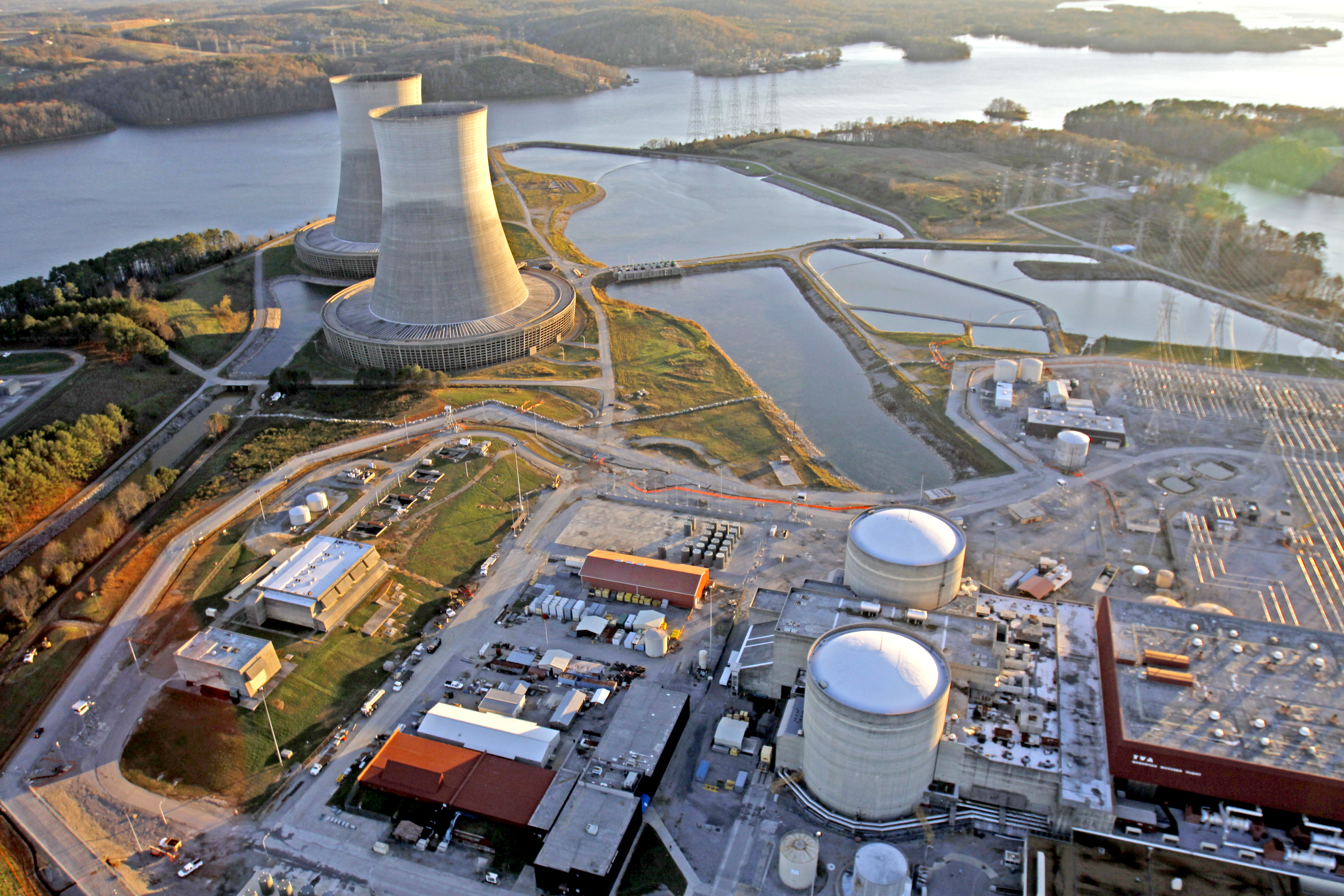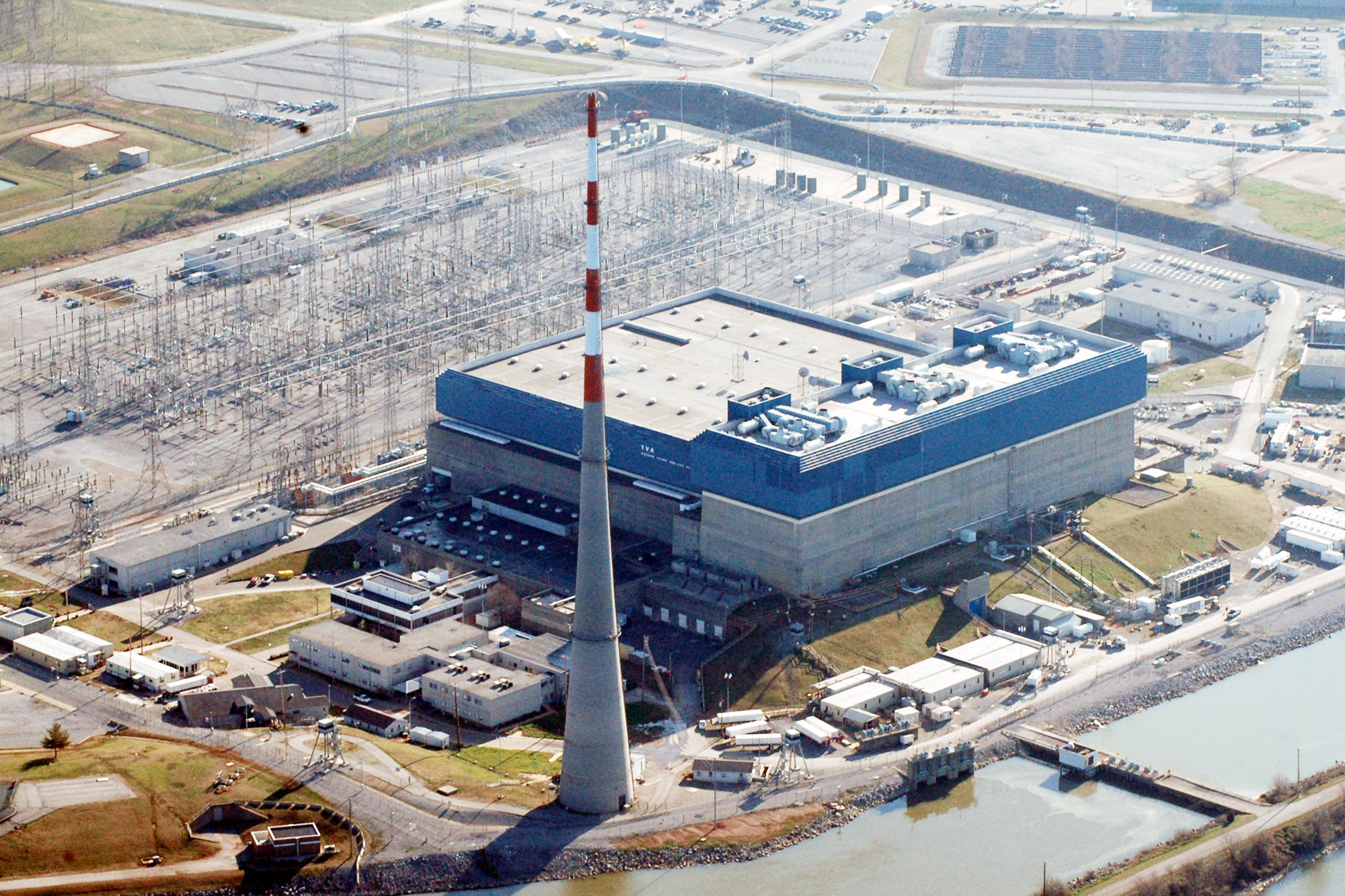MOX report
• Summary• Volume I• Volume II
TVA was taking the pre-emptive route Tuesday when it released a set of talking points about its part in preparing an environmental impact statement on the use of MOX fuel made from surplus nuclear weapons to power Sequoyah and Browns Ferry nuclear plants.
MOX, short for mixed oxide fuel, is a blend of plutonium and uranium, and the draft environmental impact statement is to be posted this week in the Federal Register, according to TVA spokesman Ray Golden.
But the variety of MOX the Tennessee Valley Authority has tentatively agreed to try out in its Soddy-Daisy and Athens, Ala., reactors is made from retired nuclear weapons, and it never has been used anywhere else, according to TVA and nuclear experts.
"TVA is willing to consider using mixed oxide fuel if it meets three criteria: It is operationally and environmentally safe; economically beneficial to TVA customers; and licensed by the Nuclear Regulatory Commission," Golden said.
He said the timetable is 2018.
Critics say MOX, a hotter fuel blend, is a taxpayer boondoggle that makes reactors harder to control.
"The use of this experimental fuel in TVA's aging reactors could have negative safety reactions," said Tom Clements, an environmental advocate for the Alliance for Nuclear Accountability.
MOX was in use in one of the Fukushima reactors in Japan that melted down, but the "lessons learned" from its impact there have not yet been publicly determined.
Golden said MOX made from spent nuclear fuel and fresh uranium has been tried in Europe, and briefly in a commercial reactor owned by Duke Energy.
Duke abandoned the trial two-thirds of the way through. It's unclear whether that was because of abnormal performance, as was reported in early Duke and NRC documents, or whether Duke had amassed all the technical information it needed for analysis.
Currently TVA is the only commercial utility indicating an interest in using the blended fuel to be produced at the $4.86 billion Aiken, S.C., MOX Fuel Fabrication Facility now in its fifth year of construction. The plant is scheduled to begin producing fuel in 2016.
Despite the plant's nearly $5 billion price tag, Golden said TVA expects the MOX to be cheaper than the simple uranium it was blended with because the price would be "negotiated" into the TVA/DOE contract.
And DOE would bear the cost of any additional operating costs for TVA to use and store the fuel.
Clements said DOE may give TVA a "bargain basement" price because "nobody else will take it [MOX], but the American taxpayers have already paid dearly for it."
Beginnings and connections
At the end of the Cold War, the United States and Russia began dismantling nuclear weapons, creating a surplus of weapons-usable highly enriched uranium and plutonium.
In 2000, the two countries signed an agreement committing each to dispose of 34 metric tons of surplus plutonium. That's when the MOX Project, including the fuel fabrication facility in South Caroloina was conceived.
The plant is being built at the U.S. Department of Energy's Savannah River Site by Shaw Areva MOX Services LLC, and it will use U.S. weapons-grade plutonium to manufacture nuclear fuel (MOX fuel pellets).
The French-owned Areva also is TVA's major contractor at the utility's stalled Bellefonte Nuclear Plant.
TVA had hoped to already be working on the completion of Bellefonte, but construction there cannot begin until Watts Bar Unit 2 is finished.
Watts Bar, initially scheduled for finish in 2012, now is expected to be complete in December 2015.
The design of the South Carolina facility is based on Areva's Melox and La Hague MOX facilities in France. The French have used MOX technology for almost two decades and currently supply MOX fuel to over 30 reactors worldwide.
TVA began discussing the possibility of using MOX at Sequoyah and Browns Ferry in 2009, and had public meetings on the idea in 2010.
At one of the meetings in Chattanooga, residents were told at least 438 shipments of plutonium-enriched fuel could be shipped over the road from South Carolina to Soddy-Daisy or Athens, Ala.
TVA's Golden said Tuesday that the utility may use MOX in all five reactors.
The MOX plant is expected to produce up to 70,000 fuel pellets a day and convert at least 34 metric tons of plutonium -- the equivalent needed for about 17,000 warheads, according to a Duke Energy website.
Department of Energy officials did not comment Tuesday on the draft environmental statement in which the U.S. Department of Energy is a partner with TVA in its production. The DOE is the lead on the draft report. Instead they sent Web links to the nearly 900-page document.
Nuclear Regulatory Commission spokesman Dave McIntyre said TVA must apply for license amendments at Sequoyah and Browns Ferry to use the MOX fuel.
Both he and Golden said those applications have not yet been made.
McIntyre said NRC's review process would take one to two years.
Contact Staff Writer Pam Sohn at psohn@timesfree press.com or 423-757-6346.

